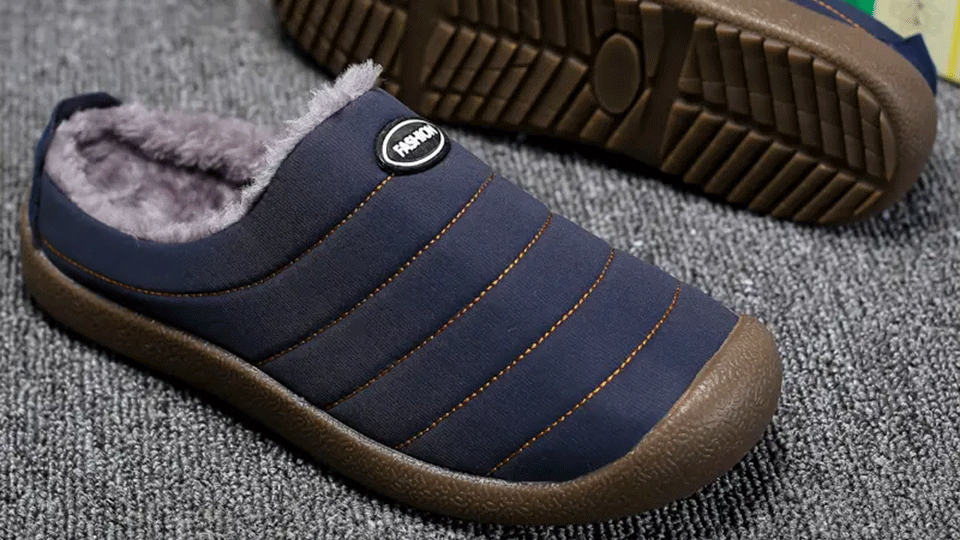

Selecting the right pair of snowshoes is crucial to enjoying your winter adventures. Whether you're a beginner or an experienced snowshoer, understanding the different types of snowshoes, their sizes, binding styles, and the terrain they're designed for can significantly impact your comfort and performance. Let's dive deeper into these factors in this comprehensive guide.
There are primarily three types of snowshoes: recreational, backcountry, and running snowshoes.
Recreational Snowshoes: Perfect for beginners or casual snowshoers, these are designed for use on flat and gently rolling terrain. They offer moderate traction and are generally more affordable.
Backcountry Snowshoes: Ideal for more adventurous snowshoers, these are designed for steep, icy, and off-trail conditions. They have aggressive crampons for better traction and larger decks for better flotation in deep snow.
Running Snowshoes: These are designed specifically for speed and agility. They're lightweight and have smaller decks for more natural stride motion. Suitable for packed trails and racing events.
Size is a crucial aspect when selecting snowshoes. The size or surface area of a snowshoe affects its flotation—the ability to stay atop the snow. Larger snowshoes provide better flotation, making them suitable for deep, powdery snow.
However, the right size for you depends on your weight (including gear) and the type of snow you'll be in. Lighter individuals or those on packed snow can opt for smaller sizes, while heavier individuals or those in powdery snow may need larger sizes.
The binding is what connects your winter boot to the snowshoe and can significantly impact your snowshoeing experience.
The binding is what connects your winter boot to the snowshoe and can significantly impact your snowshoeing experience.
Rotating Bindings: These pivot at the point where they attach to the snowshoe, allowing the tail of the snowshoe to drop as you step forward. This helps keep the snowshoe's crampons dug into the snow for traction and makes walking uphill easier.
Fixed Bindings: These keep your foot flat on the snowshoe. They're simpler to use and provide more lateral support, making them ideal for running or hiking on established trails.
The terrain you plan to cover also influences your choice of snowshoes.
Flat Terrain Snowshoes: These are designed for easy, well-maintained trails and offer user-friendly bindings and moderate traction.
Rolling Terrain Snowshoes: Ideal for hiking and long-distance treks on rolling to steep terrain. They offer excellent traction and durable bindings.
Mountain Terrain Snowshoes: These are designed for experienced snowshoers tackling steep, icy, or off-trail conditions. They offer aggressive traction and sophisticated binding systems for a secure fit.
Many snowshoes offer additional features like heel lifts, which can be flipped up to relieve calf strain during steep ascents, and side rails for improved stability and traction on slopes. Some also offer optional flotation tails, which can be attached for better flotation in deep snow.
Choosing the right snowshoes is about understanding your needs and the conditions you'll be facing. By considering the type of snowshoes, size, bindings, terrain, and additional features, you can find the perfect pair to enhance your winter adventure. Remember, the best snowshoes are the ones that provide comfort, traction, and flotation, meeting your specific needs.